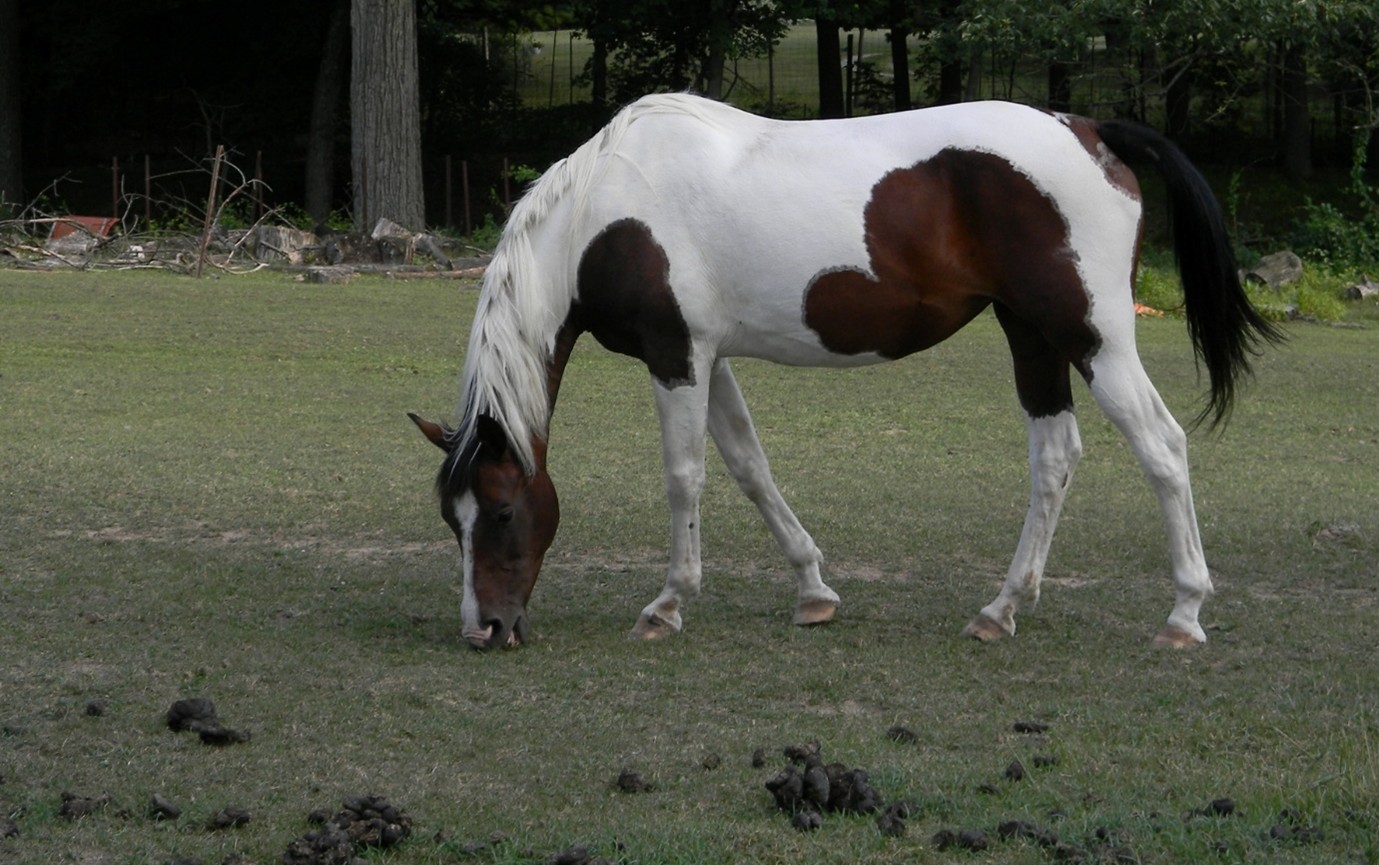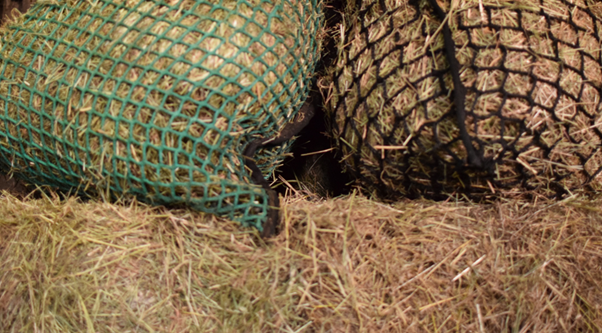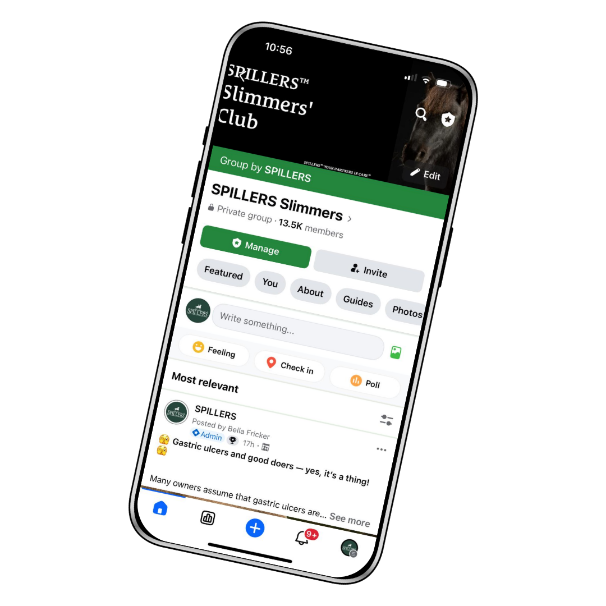Feeding Straw to Horses
When you think about your horse’s forage, your first thought is probably grass, hay or haylage – but not straw. For good doers and those prone to weight gain, straw can be a surprisingly valuable addition to the diet. Not only is it low in calories, it also provides plenty of fibre, keeps your horse chewing for longer, and can be a practical way to help manage bodyweight without leaving your horse short on forage.

Minimum Forage Intake
If your horse is prone to piling on the pounds, you’ll know that free access to forage isn’t always appropriate. However, the goal is always to feed as much forage as possible while still achieving healthy weight loss.
Total forage intake should not be restricted to less than 1.5% of current bodyweight on a dry matter basis (i.e. once we’ve accounted for the moisture in the feed). On an ‘as fed’ basis, the amount you weigh out, for a 500kg horse without grazing this works out to approximately:
- 9kg of hay if fed dry
- 11kg of hay if soaked before feeding
- 11–12kg of haylage (possibly more depending on the dry matter content)
If you don’t know your horse’s weight – or they have access to grazing – monitoring droppings can be a practical way of assessing intake. For weight loss, aim to reduce the number of droppings by about a third initially, but never by more than half.

Why Feed Straw?
For good doers, replacing part of the forage ration with straw can be a useful strategy because straw is:
- High in fibre – which helps maintain digestive health
- Low in calories – reduces overall energy (calorie) intake
- Low in starch & sugar – suitable for laminitics
- Encourages chewing – supports mental wellbeing and increases saliva production
- Cost effective – in some cases, a more economical option than hay
For horses with no dental issues, consider replacing up to 30–50% of the forage ration with straw. This allows you to feed larger amounts of total forage without overloading on calories.
How to Feed Straw
Like any dietary change, straw needs to be introduced gradually to avoid digestive upset. Start by replacing just half a kilo of hay with straw every other day. Always check it’s of good hygienic quality – bright in colour, free from mould and dust.
Some owners prefer to mix straw with hay to ensure it’s accepted, while others feed it separately. Horses vary in how readily they take to it, with oat straw generally considered the most palatable, followed by barley and wheat straw.
Extending eating time
Straw can also be a useful way to make your horse’s forage last longer:
- Divide forage into multiple smaller servings – research has shown horses fed forage three times a day had a lower risk of gastric ulcers than those fed only twice.
- Use double-layered small-holed haynets – one study found this extended eating time by two hours per night compared to feeding the same ration in a single net.

Don’t Forget the Balancer
Cutting calories shouldn’t mean cutting nutrients. Forage-only diets can be short of key nutrients such as copper, zinc, selenium, vitamin E, and lysine. That’s where a balancer comes in.
Balancers are designed to be fed in small amounts, providing your horse with essential vitamins, minerals, and quality protein – all without adding significant calories, starch, or sugar. For good doers, this makes them the ideal partner to a forage-based diet, especially one that includes straw.

